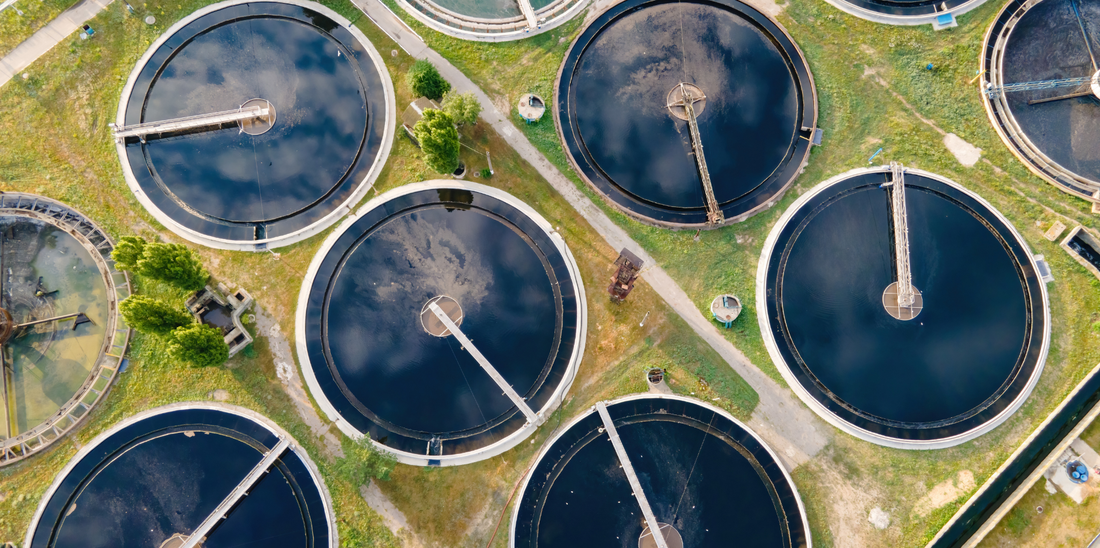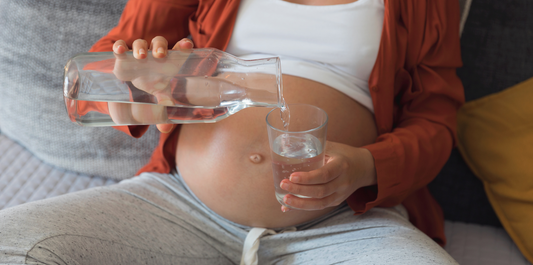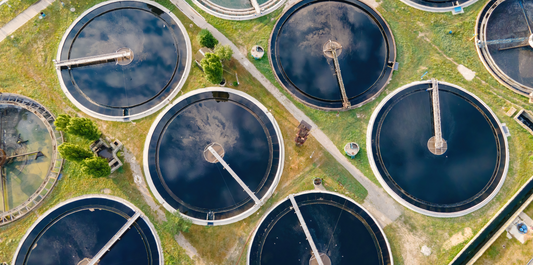Un procès majeur se profile au Luxembourg et ses enjeux dépassent les budgets publics : il pourrait aussi toucher l’eau qui coule de votre robinet. Plusieurs géants de la pharmacie et des produits de soins – notamment Bayer, Novo Nordisk, Unilever et Procter & Gamble – attaquent l’Union européenne en justice au sujet d’une nouvelle directive sur le traitement des eaux usées. Au centre du litige : qui doit payer pour éliminer les résidus de médicaments et de cosmétiques présents dans les eaux urbaines ? Si ces entreprises obtiennent gain de cause, la modernisation des stations d’épuration pourrait ralentir, alors que les polluants continuent de traverser des installations obsolètes pour finir dans les rivières et réservoirs dont beaucoup de communes tirent leur eau potable.
Ce que prévoit la directive et pourquoi les entreprises s’y opposent
Fin 2024, l’UE a révisé la Directive relative au traitement des eaux urbaines résiduaires. Les nouveaux textes exigent des États membres qu’ils éliminent environ 80 % des micropolluants pharmaceutiques et cosmétiques d’ici 2045, contre à peine 30–40 % aujourd’hui selon les substances. Le dispositif clé est la Responsabilité élargie des producteurs (REP), qui ferait porter au moins 80 % des 1,2 milliard € annuels estimés sur les fabricants concernés.
Le secteur se dit favorable à une meilleure dépollution, mais juge le dispositif injuste : d’autres sources comme l’agriculture, les produits ménagers ou les drogues récréatives ne seraient pas soumises aux mêmes obligations financières. L’industrie prévient aussi que les prix des médicaments pourraient fortement augmenter ; des traitements courants comme la metformine deviendraient bien plus coûteux. D’où la saisine de la Cour de justice de l’Union européenne.
Ce n’est pas qu’une question de politique : c’est votre eau qui est en jeu

Même avant ce bras de fer, les eaux de surface européennes étaient déjà sous pression : moins d’un tiers répond aux critères chimiques « bons ». La majorité contient des polluants persistants – composés pharmaceutiques, métaux lourds, pesticides ou retardateurs de flamme bromés – qui s’accumulent dans le temps.
Pendant que les décideurs débattent, ces résidus traversent les stations d’épuration, rarement conçues pour capter des traces de médicaments présentes à l’état de microgrammes. Pour les publics vulnérables (enfants, femmes enceintes, personnes immunodéprimées), l’exposition continue est particulièrement préoccupante.
Comment les résidus médicamenteux finissent dans les eaux européennes
Des traces d’hormones, d’antidépresseurs ou d’antalgiques ont déjà été détectées dans rivières et lacs à travers l’Europe. Le danger n’est pas théorique. Si des filières de récupération existent via les pharmacies, le problème principal vient des médicaments jetés dans les toilettes ou excrétés par le corps ; les réseaux d’assainissement n’ont jamais été conçus pour filtrer ces molécules.
Les retards peuvent durer des années, mais des solutions existent dès aujourd’hui
Les recours judiciaires pourraient repousser la directive de plusieurs années. Même validée, sa mise en œuvre exigera de modifier les lois nationales, financer les travaux et construire des infrastructures adaptées.
Pour une protection immédiate, la filtration domestique s’impose.
Osmose inverse à la maison : comment AquaTru comble le vide

AquaTru offre une alternative claire en attendant l’amélioration des réseaux publics. Nos systèmes compacts d’osmose inverse éliminent un large éventail de contaminants, y compris les résidus pharmaceutiques.
Chaque appareil est testé en laboratoire indépendant ; les résultats sont disponibles dans nos fiches de performance. Grâce à une purification brevetée en quatre étapes (filtration mécanique, pré-traitement chlore/chloramine, membrane d’osmose inverse, charbon actif de noix de coco), AquaTru retire produits chimiques, médicaments et métaux lourds – le tout sur votre plan de travail ou sous l’évier.
Protégez votre eau dès aujourd’hui
La procédure judiciaire peut durer, mais la qualité de l’eau ne peut attendre. Avec AquaTru, vous réduisez déjà l’exposition aux résidus médicamenteux, microplastiques, pesticides et métaux lourds à la maison.
Consultez nos résultats certifiés et choisissez le modèle AquaTru qui vous convient.




